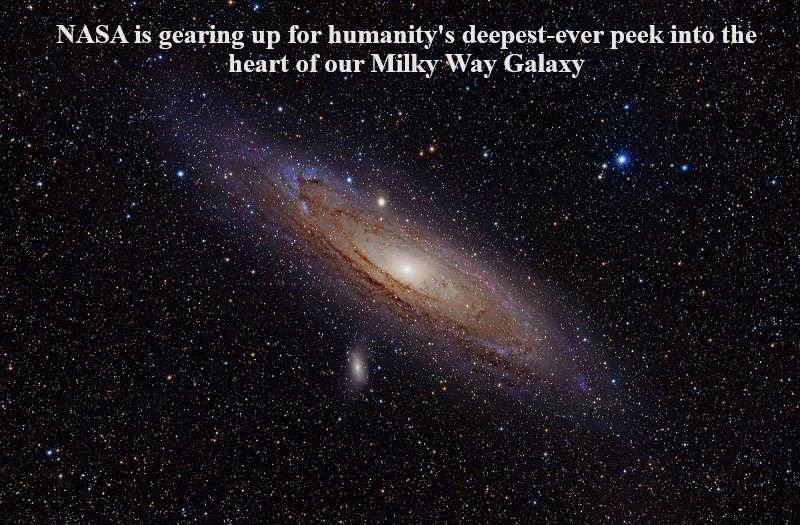
NASA is preparing to embark on an extraordinary mission, utilizing the Nancy Grace Roman Space Telescope, to delve deeper into the heart of our Milky Way Galaxy than ever before. This advanced telescope will survey the vast cosmic expanse, seeking “tell-tale flickers” that could reveal secrets capable of reshaping our understanding of the cosmos.
The objectives for the Roman Space Telescope are truly ambitious. It aims to scrutinize “hundreds of millions of stars” for the subtle flickers that betray the presence of various celestial entities. These flickers could indicate the existence of distant planets, faraway stars, enigmatic icy objects dwelling on the outskirts of our solar system, isolated black holes, and much more.
Scientists anticipate that this remarkable telescope is likely to establish a record for the farthest-known exoplanet, offering a tantalizing glimpse into uncharted cosmic neighborhoods that may host worlds unlike any of the 5,500 we are currently acquainted with.
The Roman Telescope, as described by NASA, is a pivotal addition to the realm of time-domain astronomy. It focuses on studying how the universe evolves over time, capturing changes as they unfold in the cosmos. This telescope will join a global network of observatories working together to chronicle these astronomical transformations.
NASA is preparing for the Roman Telescope’s launch by May 2027, marking the commencement of an ambitious Galactic Bulge Time-Domain Survey that will concentrate on our Milky Way. This survey will utilize infrared technology to peer through dust clouds that often obstruct observations of the densely populated central region of our galaxy.
To accomplish this, Roman will take an image every 15 months around the clock for approximately two months. This sequence will be repeated six times during the telescope’s five-year primary mission, accumulating over a year of invaluable observations.
Another significant aspect of the mission involves conducting stellar seismology studies on one million giant stars. Researchers will analyze the fluctuations in brightness exhibited by these stars when sound waves reverberate through their gaseous interiors. This unique method of investigation will yield insights into the stars’ structures, ages, and other fundamental properties.

Post Your Comments